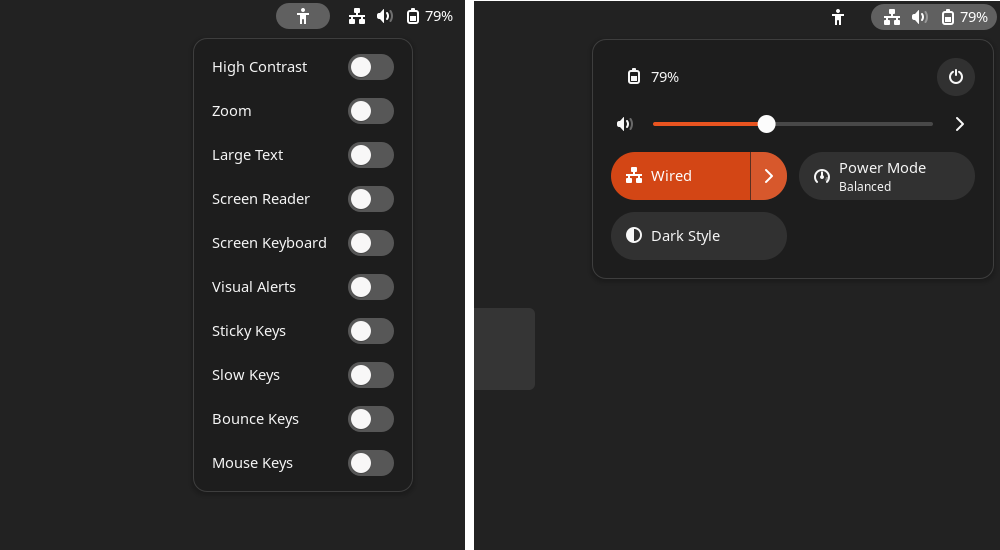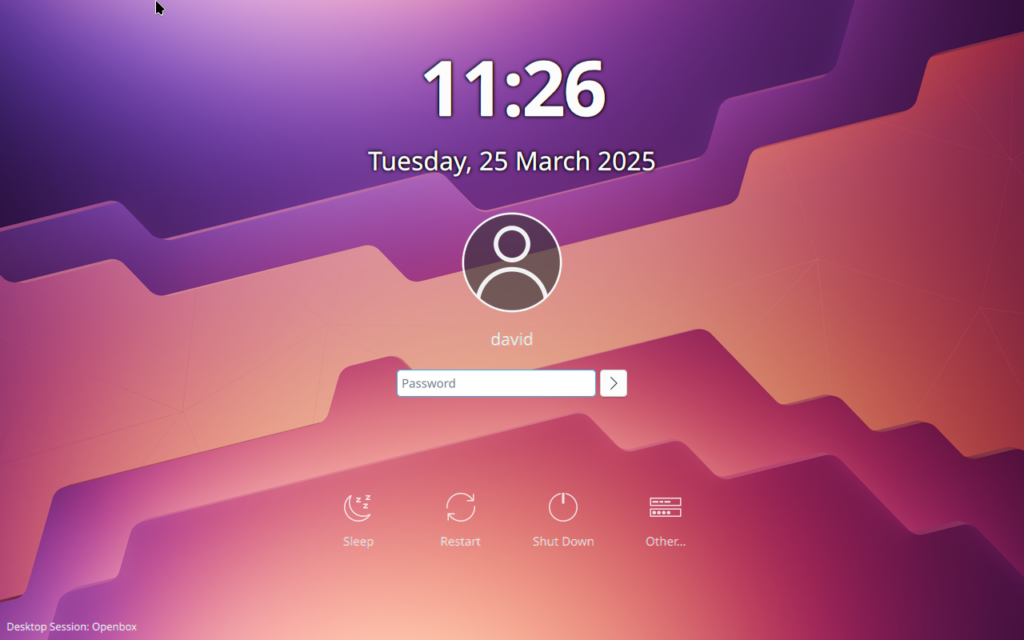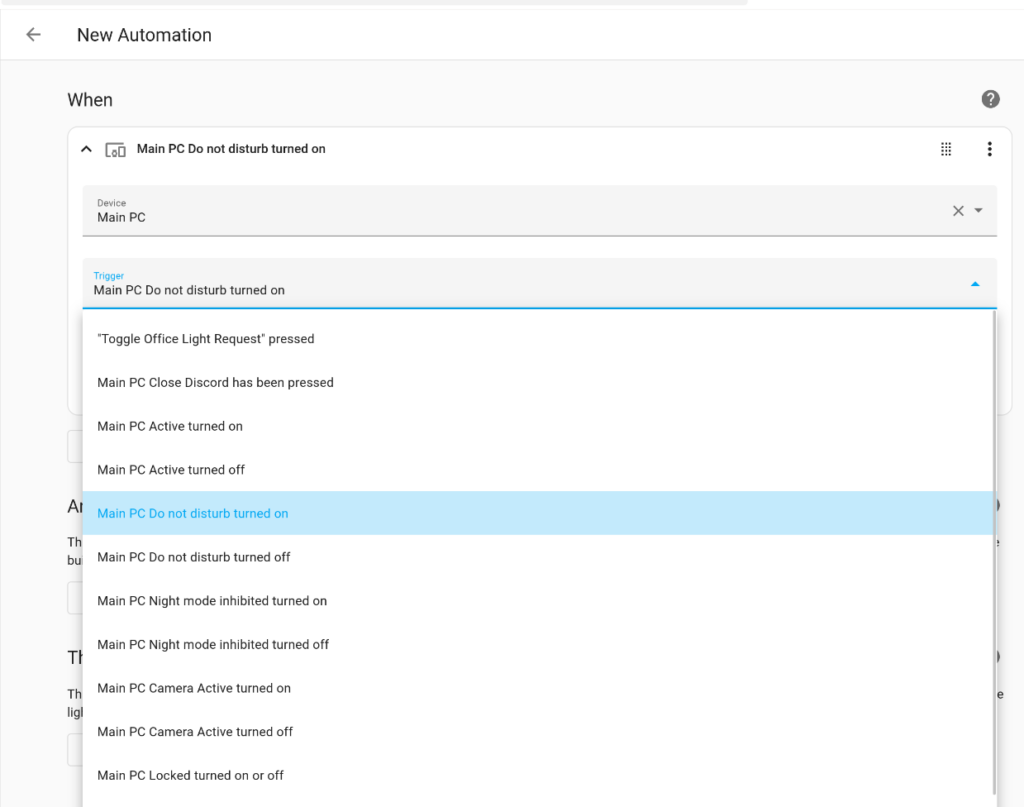I hate waiting for compilations. For day-to-day it may only be a minute or two, but once you start doing another task, the context switching distracts from what you were doing before and breaks everything up. Life is too short to be waiting for computers.
Obviously the first answer is to have a faster machine, but having a super fast laptop and a super fast PC all the time contributes to e-waste which I also hate. Some of my test devices for touch and tablet work are 5 year old Intel atom devices that I still sometimes need to compile on to fix things.
The solution is distributed compiling, using multiple computers to share the work.
Icecream or distcc used to be the tools back in the day, but they're both quite dated and have other issues.
There's a relatively new kid on the block, sccache. sccache primarily serves as a way of keeping your cached compiled assets around (think ccache), but also sharing them across users. Sharing cached assets requires exactly matching paths and dependencies and compilers so it's not that great for my needs; but it seems it would be perfect for flatpak and immutable cases.
But sccache also has another trick up it's sleeve; distributed compilation.
The documentation for sccache is a bit overwhelming packed with enterprise level features https://github.com/mozilla/sccache/blob/main/docs/Distributed.md.
It wasn't that clear how to do something simple, so I thought it might be useful to share how I got things working nicely for me.
Installation
Sccache is probably available in your distribution, note that not all distros include the shared compiler part.
If not you can download a version from https://github.com/mozilla/sccache/releases/download
The nice part is it's statically linked with no external dependencies so you can throw it on anything, even if it's immutable like KDE Linux or even a Steamdeck or two.
The parts
Scheduler
The scheduler is the key part of the operation; the client sends requests to the scheduler which in return replies with a list of schedulers that can recieve payloads distributing them accordingly.
Simple
Create a file as follows:
scheduler.conf
public_addr = "0.0.0.0:10600"
client_auth = { type = "token", token = "dave_is_great" }
server_auth = { type = "token", token = "dave_is_great" }sccache-dist scheduler --config scheduler.conf
Docker
As I want the scheduler always on, I run it on a small home-server, where I prefer to docker-ise everything.
docker-compose:
version: '3.8'
services:
sccache-scheduler:
build:
context: .
dockerfile: Dockerfile
args:
VERSION: "v0.10.0"
SHASUM: bbf2e67d5e030967f31283236ea57f68892f0c7b56681ae7bfe80cd7f47e1acc
image: sccache:latest
container_name: sccache-scheduler
ports:
- "10600:10600"
volumes:
- ./scheduler.conf:/scheduler.conf:ro
entrypoint: ["/usr/local/bin/sccache-dist", "scheduler", "--config", "/scheduler.conf"]
restart: unless-stopped
environment:
- SCCACHE_NO_DAEMON=1Dockerfile
FROM alpine:3.9.2
ARG VERSION
ARG SHASUM
RUN apk add clang
RUN apk add curl
RUN apk add --no-cache bubblewrap
RUN curl -L https://github.com/mozilla/sccache/releases/download/$VERSION/sccache-dist-$VERSION-x86_64-unknown-linux-musl.tar.gz > sccache-dist.tar.gz \
&& tar xf sccache-dist.tar.gz \
&& mv sccache-dist-$VERSION-x86_64-unknown-linux-musl/sccache-dist /usr/local/bin/sccache-dist \
&& rm -r sccache-dist.tar.gz sccache-dist-$VERSION-x86_64-unknown-linux-musl
RUN apk del curl
ENTRYPOINT ["/usr/local/bin/sccache"]and the scheduler.conf as above.
Servers (build machines)
This is the part that does the building.
The config takes the address of the scheduler, but also the server's own IP address as a sort of "callback" address.
It needs to run as root in order to have capabilities to set up sandboxing and restrict it back down to something lower than where we started. The sitaution is a bit silly, but it is what it is.
server.conf
public_addr = "192.168.1.YOURIPADDRESS:10501"
scheduler_url = "http://192.168.1.SCHEDULERIPADDRESS:10600"
cache_dir = "/tmp/toolchains"
scheduler_auth = { type = "DANGEROUSLY_INSECURE" }
[builder]
type = "overlay"
# The directory under which a sandboxed filesystem will be created for builds.
build_dir = "/tmp/build"
# The path to the bubblewrap version 0.3.0+ `bwrap` binary.
bwrap_path = "/usr/bin/bwrap"Then you can run sudo sccache-dist server --config server.conf
Systemd
As I want this running constantly on my desktop and laptop I use a systemd service.
/etc/systemd/system/sccache.service
[Unit]
Description=sccache scheduler
After=network-online.target
Wants=network-online.target
[Service]
Type=simple
ExecStart=/usr/bin/sccache-dist server --config /etc/sccache/server.conf
Restart=on-failure
RestartSec=5s
[Install]
WantedBy=multi-user.targetClients
The final part is relatively simple, making local builds use the other build servers.
First we need to set up a config as follows:
.config/sccache/config
[dist]
scheduler_url = "http://192.168.1.SCHEDULERIPADDRESS:10600"
toolchains = []
toolchain_cache_size = 5368709120
auth = { type = "token", token = "dave_is_great" }Cmake
Enabling requires just telling cmake to use the relevant wrapper with -DCMAKE_C_COMPILER_LAUNCHER=sccache -DCMAKE_CXX_COMPILER_LAUNCHER=sccache
kde-builder
And/or it to your kde-builder as follows:
.config/kde-builder.yaml
global:
cmake-options: -GNinja -DCMAKE_BUILD_TYPE=Debug -DCMAKE_EXPORT_COMPILE_COMMANDS=ON -DCMAKE_CXX_COMPILER=clang++ \
-DCMAKE_C_COMPILER_LAUNCHER=sccache -DCMAKE_CXX_COMPILER_LAUNCHER=sccache and reconfigure the project(s)
Quirks and workarounds
The most annoying quirk is servers need a consistent IP address within your network. Servers register to the scheduler with a fixed IP address. When clients queue jobs they are given the IP addresses back from the scheduler and are expected to then talk to the build server(s) directly. Using hostnames doesn't work.
Note also if you change your local .config/sccache you may need to run sccache --stop-server on the client to relaunch. Confusingly in this case 'server' refers to a process on the client that compile jobs are thrown at.
Debugging
sccache --dist-status will show the connected schedulers and how many total active jobs
Managing job count
By default ninja schedules the same number of jobs as you have local cores for. It's unaware of the many other cores you have.
I have this in my zshrc to set the number of jobs to the total number on the scheduler at that time.
function getSccacheCPUs() {
sccache --dist-status | jq '."SchedulerStatus"[1].num_cpus'
}
alias ks='MAKEFLAGS=-j${getSccacheCPUs} kde-builder'Comparison to icecream
Cons:
- The setup process is a lot more laborious than icecream's magic turn-up-and-compile structure
- No cool UI to see how many tasks are being compiled.
Pros:
- It's very robust to network issues. If the scheduler is down or no servers are available things build locally extremely transparently
- It also has it's own equivalent of a local 'ccache' which means you don't need to worry about daisy-chaing compilers wrappers to still have cached output.
- It's actively maintained, the last meaningful commit in icecream is years ago




















